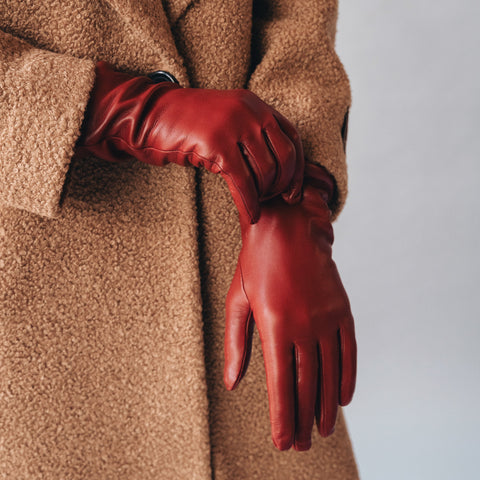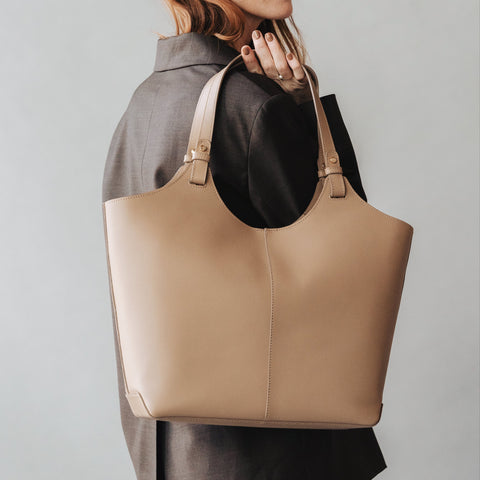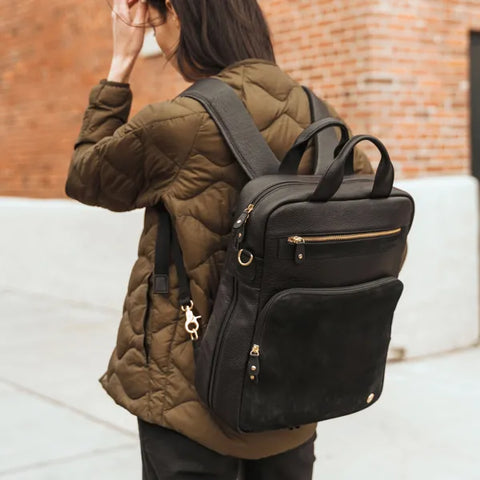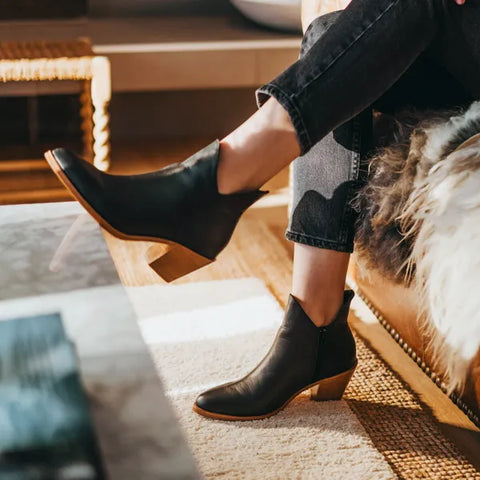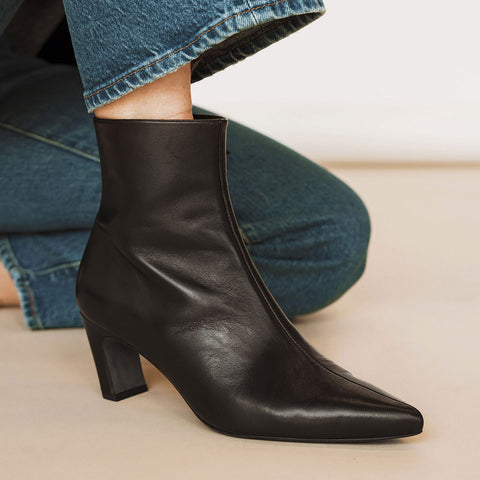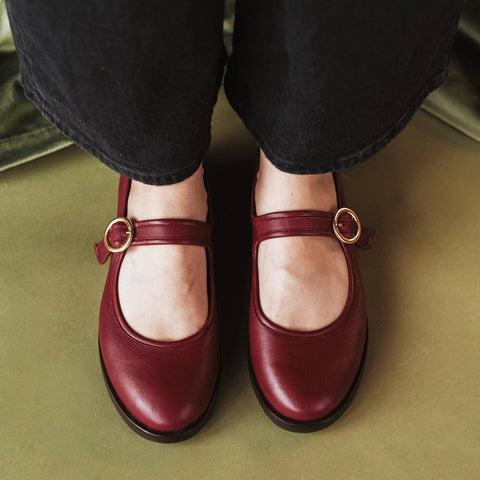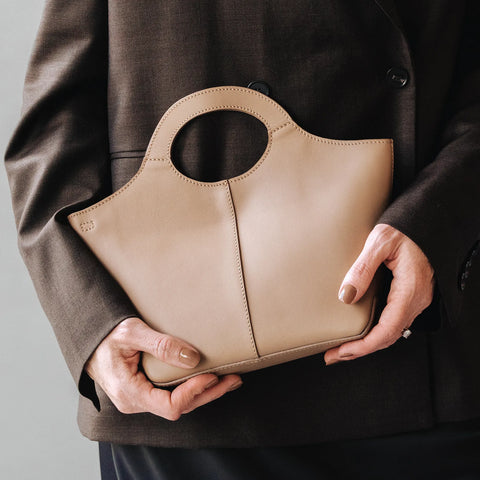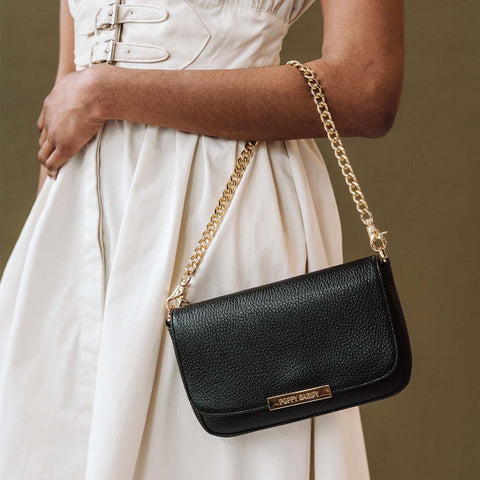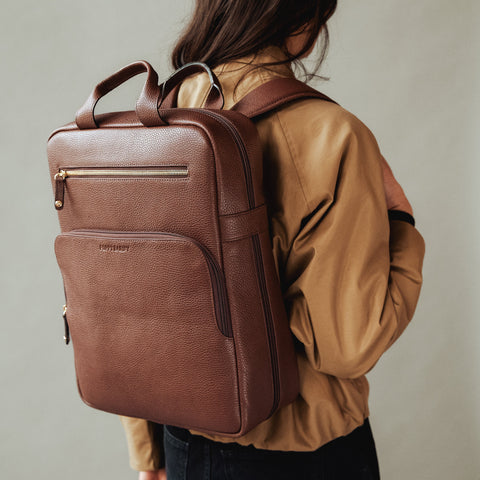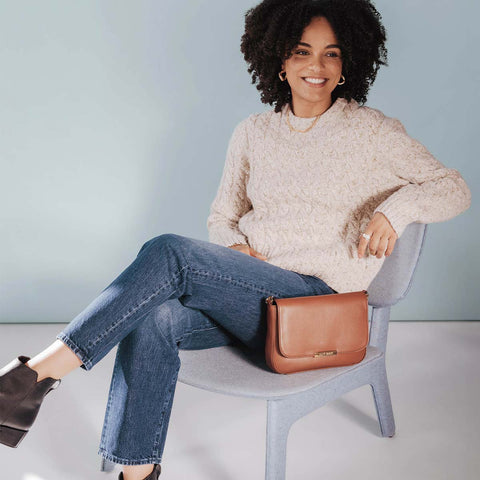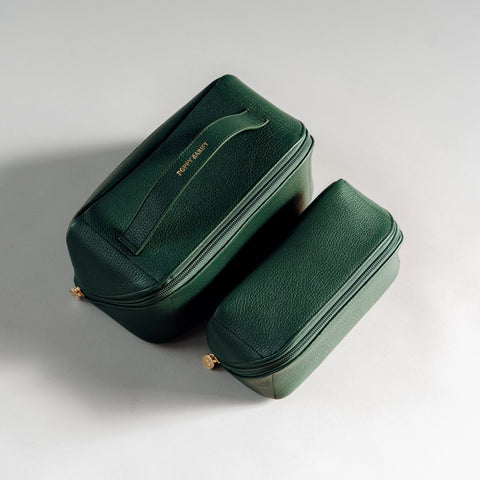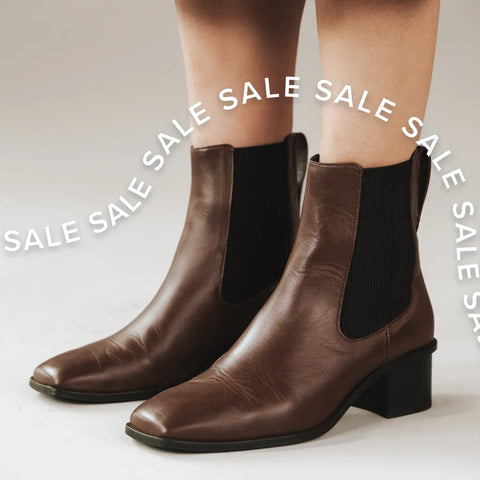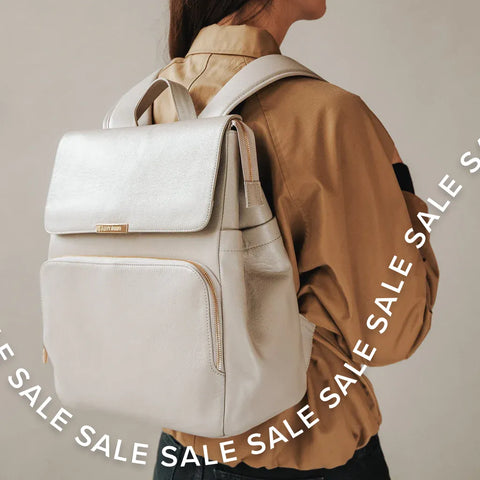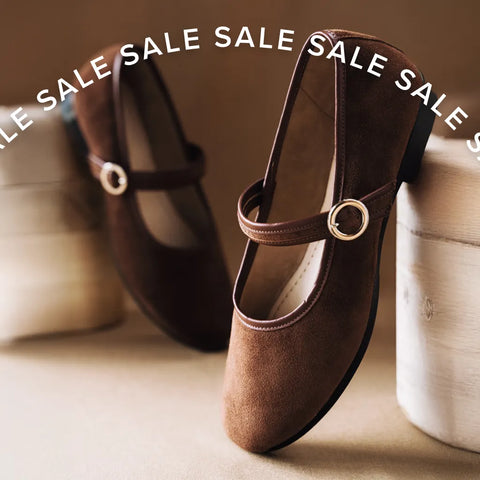The lucky day that I was connected with Kendall and Justine in April 2012 marked the beginning of my most exciting design project and collaboration to date. Not only were the sisters in pursuit of an ambitious and inspiring idea—to provide women everywhere with beautifully handcrafted, perfectly fitted boots—but they were bubbling with excitement, smarts, determination and an impressive, well-thought-out plan. Furthermore, they were completely open to my personal creative process in creating a brand, and saw great value in the brand development process. A designer’s dream! When we started, they had just changed the company name from “Astrid” to “Poppy Barley.” While “Astrid” had a nice ring to it, it lacked a unique story, and so they arrived at “Poppy Barley.” Historically, cobblers used poppy seeds and barleycorns as a unit of measurement to measure feet (in Tudor England, three barleycorns were equal to about one inch, and four poppy seeds were equal to about one barleycorn). Additionally, Kendall and Justine told me that “fields of barley tend to grow in Northern climates, where boot-wearing gals tend to dwell," and that "poppies are a nod to the company’s Canadian roots”. What a great story to get started with! It was clear that they were offering far more than a product: they were solving a very real problem for women (including moi—read about my hunt for wide calf boots here) and had a lot of fascinating stories to develop.  After initial meetings and approval of an estimate outlining the extent of work in creating a brand, I sent Kendall and Justine a Branding Questionnaire, which asked the what, how and why of their new company. We detailed requirements, such as creating a logo that could have a widespread application, like on the zipper of a boot, and limitations, such as no product samples or photography to speak of at that point in time. We discussed their goals, key messages, target market and competition. We established lists of keyword descriptors and identified attributes of their developing brand personality. They told me who they thought the “Poppy Barley Girl” might be:
After initial meetings and approval of an estimate outlining the extent of work in creating a brand, I sent Kendall and Justine a Branding Questionnaire, which asked the what, how and why of their new company. We detailed requirements, such as creating a logo that could have a widespread application, like on the zipper of a boot, and limitations, such as no product samples or photography to speak of at that point in time. We discussed their goals, key messages, target market and competition. We established lists of keyword descriptors and identified attributes of their developing brand personality. They told me who they thought the “Poppy Barley Girl” might be:
“Our customers are beautiful, but not fussy. Our boots are for women who are fashionable, but not fashion plates; confident, wanting a touch of glamour, not afraid to be noticed. Unique… the Poppy Barley girl would perceive our brand as stylish, bold and refined. Original, trustworthy and FUN!”
Working together, a strong brand voice was emerging. Escaping the “one-size-fits-all” mentality of mass manufacturing, they were offering an accessible lifestyle of inclusivity, customization and luxury. They had the vision to transform the way women shopped by returning to the handcrafted origins of footwear in an innovative and cutting-edge way. They needed that big brand feeling and wanted to become a household name. With the details of our meetings and branding brief in tow, I set to work on a visual inquiry. I explored all the brands and companies that they had referenced as inspiration, and evaluated their responses to questions, searching for my own visual inspirations that I believed to reflect what they were describing. I discovered that the ideas Kendall and Justine had about what they wanted to look like drastically differed from the richness of their dialogue about what Poppy Barley would achieve. I decided to take the conflicting pieces of the branding questionnaire and create three moodboards to see what they would be drawn to when presented with the comparison.
Moodboard 1

Moodboard 2

Moodboard 3

Not surprisingly, the modern and minimalist aesthetic of moodboard #1, which they had originally expressed desire for, did not capture their attention or feel “right.” A conversation ensued regarding the remaining two moodboards. There was richness to the Poppy Barley story that called for textures and details. Moodboard #2 spoke to tradition, elegance and quality, while moodboard #3 felt a little more “trendy," bold and playful. The decision landed on number 2, for its maturity, warmth and classicism. A series of sketching rounds, typography explorations and digital iterations were speckled with important reflective meetings and emails.






The final logo is pictured below and can be seen throughout our website, social media channels and advertising. But what Kendall, Justine and I accomplished during this branding process was so much more than just a visual identity. We figured out how to talk about the company and what Poppy Barley stood for, who our customers were and how we would identify with them. Our brand is in every tweet or blog post, every team member, email or customer interaction. It’s why our “Contact” page is called “Concierge,” and why “Our Fit Promise” is so important. We laid a strong foundation for the company, and I’m excited to see its evolution as the company grows. See you in Part II of this series to discuss how to create a brand for startups. 

